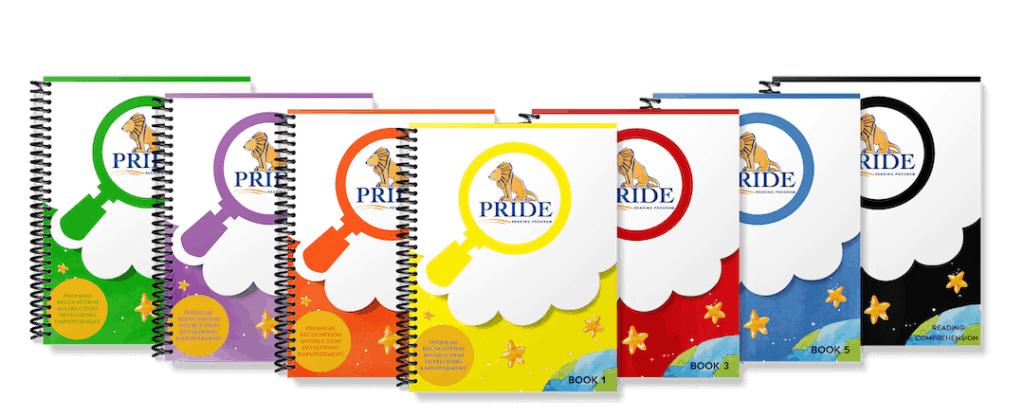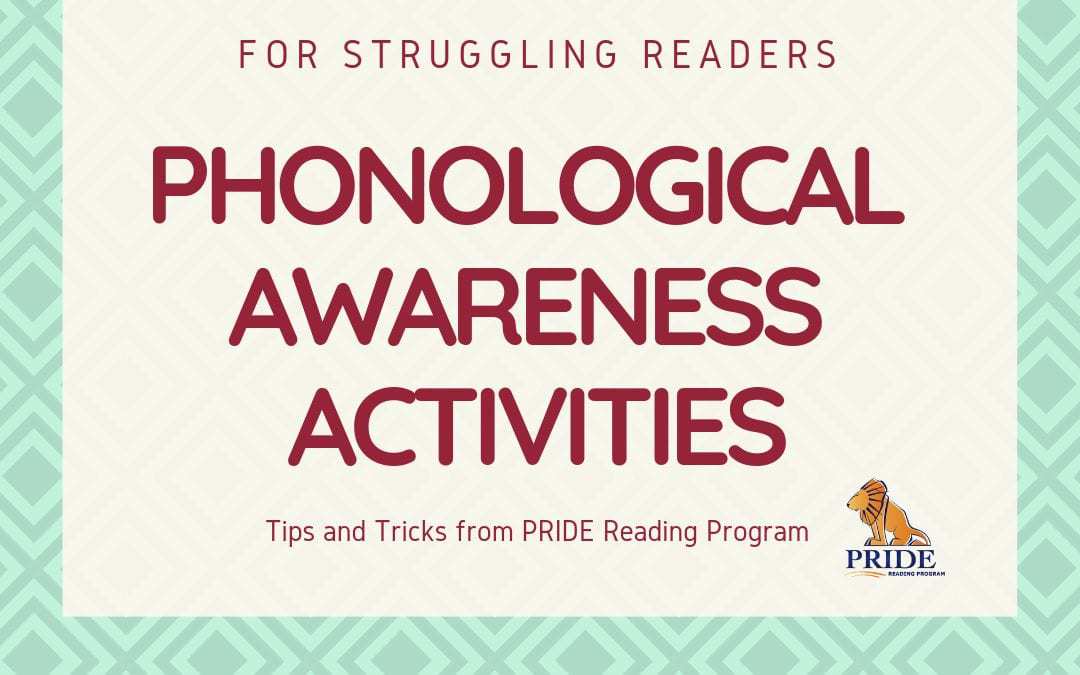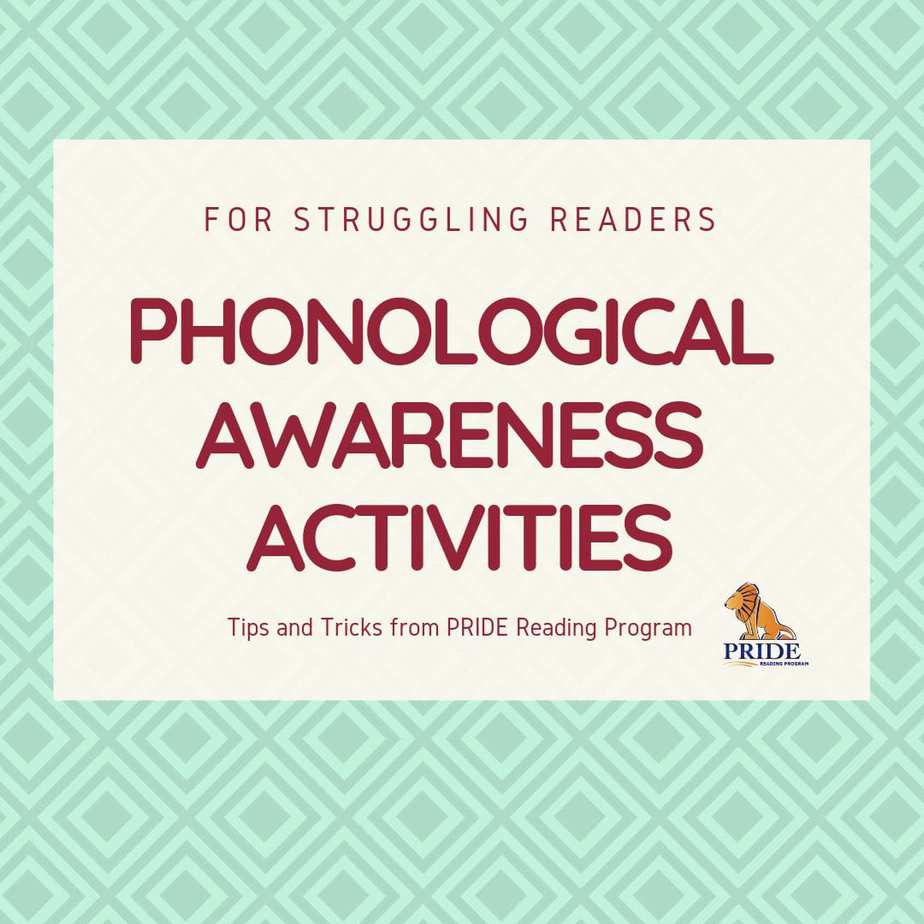Phonological awareness is the ability for children to pick up on sounds, syllables and rhymes in words that they hear. Without phonological awareness, a child will struggle learning to read and spell. On today’s post I am going to share with you some phonological awareness activities that you can use when teaching your child to read and spell. I hope they work for you!
Sounds
Pulling apart words into different sounds and manipulating these sounds is a huge part of phonological awareness. This is called sound segmentation For example the word bat has three sounds – /b/, /a/, /t/. The word chop also has three sounds – /ch/, /o/, /p/.
Compare and Match
You can begin teaching sound segmentation by asking your child to match the very first sounds in words and then the final sounds. It is helpful to have a set of cards with the pictures of everyday objects (man, boy, girl, cat, dog, house, book, etc.) You can also cut out pictures from magazines and use those.
Begin by asking your child to identify the first sound in a word such as man. Show your child the picture and say, “What is the first sound you hear in the word man. Yes, you hear the mmm sound.” Then lay out five or six pictures and ask your child to say the names of each of the pictures and then to group together all the objects that begin with the mmm sound.
You can also lay out 3 pictures and ask your child to name each picture. Then ask, “Can you show me which one of these pictures begins with the mmm sound?”
You can also go outside on a nature walk and look for as many things as possible that have the mmm sound.
Once your child is successful at matching beginning sounds, work on ending sounds. “Say the word ham. What is the last sound you hear in the word ham?”
Pulling the Words Apart
You can ask your child to clap for the number of sounds that he or she hears in a word. For example, “say the word pat. Clap for each sound you hear in the word pat.” Your child can also tap on the table for each sound or stomp their fists. I like to use sound tokens. The child listens to a word and then moves the sound token into a box for each sound in the word.
You will want to go slowly with this activity and have your child pull apart relatively simple two and three sound words such as hop, cat or shop.
Add, Substitute and Change the Sounds
When you are teaching sound segmentation to your child you can also add and change sounds in words. Here are some examples:
“Say hop. How many sounds do you hear in the word hop?”
“What is the first sound you hear in hop?”
“What is the second sound you hear in hop?”
“What is the last sound you hear in hop?”
“In the word hop, can you change the p to t?” (hot)
Rhyming
Phonological awareness involves a lot of rhyming. Rhyming is an important part of the reading process. When a child learns to rhyme, they learn to focus on how language works. They also begin to notice all the individual sounds within each word. If your child knows that jig and pig rhyme, then they are focused on the ending ig but also that the j and p are different sounds.
Read Stories and Poems Aloud
You can teach rhyming to your child by reading stories and poems that use a lot of rhymes aloud together. You will want to first read the story aloud several times simply for the fun of reading and sharing the story together. Then, you can begin drawing attention to the sounds of the rhyme. For example, you can say, “I hear rhyming words! Dog and log rhyme!”
You can also ask your child to predict the next word in the rhyming story (they love doing this). “The cat sat on the ______.” As you read these rhyming books aloud, you will want to really exaggerate the sound of the rhyming words. There are many rhyming books that you can read with your child to help prepare him or her for reading.
Sing Rhyming Songs Together
Singing rhyming songs and rhyming chants is another great way to teach rhyming. Singing is so easy to fit into your daily schedule. You can basically break out in song or chant any time of the day.
Identify and Practice Rhymes
You can teach rhyming by asking your child to identify and practice rhymes by manipulating, adding, deleting or substituting sounds in words. Some examples of doing this are:
“Tell me all the words that rhyme with the word “hat.”
“Close your eyes. I am going to say 2 words. If they rhyme, raise your hand. If they don’t shake your head.”
“Listen to these words – mop, plop, flop, tag. Which of these does not rhyme?”
“Can you finish my sentence for me. The dog sat on the ____.”
Syllables
Breaking up words into syllables or chunks is another important part of phonological awareness. Syllabication helps children learn to read and spell difficult words. If your child gets stuck on a difficult word, he or she can use the syllabication rules to figure it out.
One activity that helps a child pull apart the syllables in a word is to count them. This can be done by clapping each syllable. You can start by counting (actually clapping) the number of syllables in your child’s own name. Ja-son (clap, clap). Jon-a-than. (clap, calp, clap). You can also clap out the days of the week. Tues-day, the months of the year, Sep-tem-ber and fun words like cu-cum-ber or Cin-der-el-la.
For those children who are having difficulties understanding syllables, try using “chin dropping.” This technique will help a child really “feel” the syllables. Place your hand under your chin, palm down. Now, say a multisyllabic word aloud. Every time your chin drops, that is one syllable. Some other ideas for teaching syllable division include:
- Stamping feet
- Tapping the table
- Beating musical instruments
- Tap sticks together
[et_bloom_inline optin_id=”optin_4″]
I Have a Resource For You!
Thank you for reading my post today. You might also enjoy reading my post:
How to Teach Letters and Sounds Correctly
Please don’t leave without checking out the PRIDE Reading Program. The PRIDE Reading Program is an Orton-Gillingham curriculum that is used by teachers, tutors, and homeschooling parents worldwide with great success.


Thank you for reading my post today!
If you have any further questions or comments, please feel free to leave a comment below. I hope that I was able to help you!



